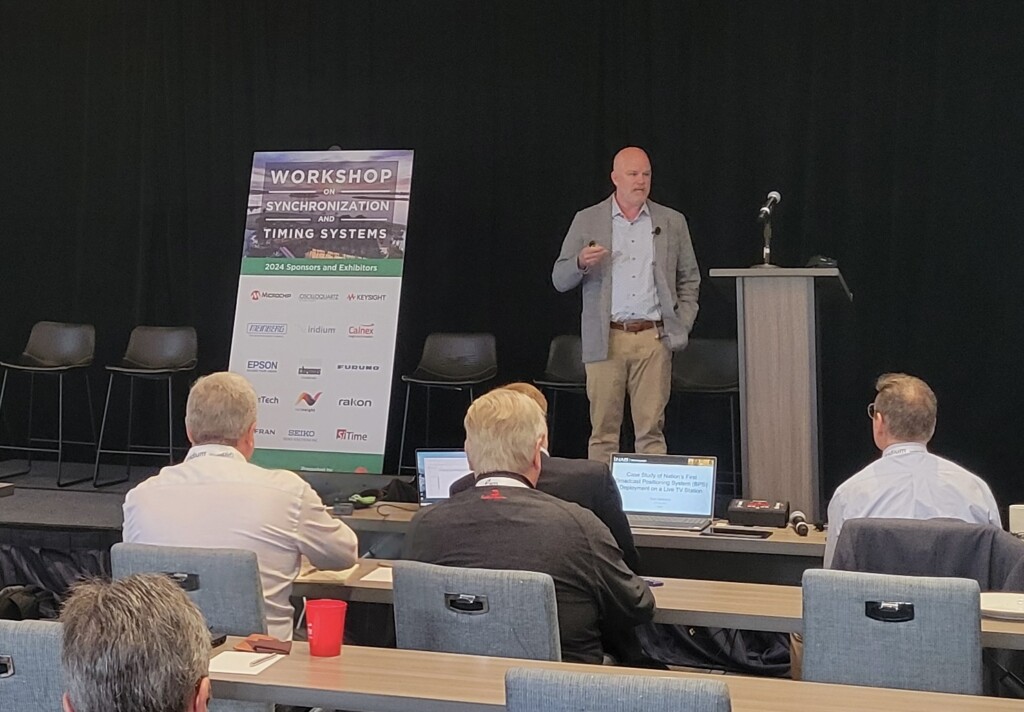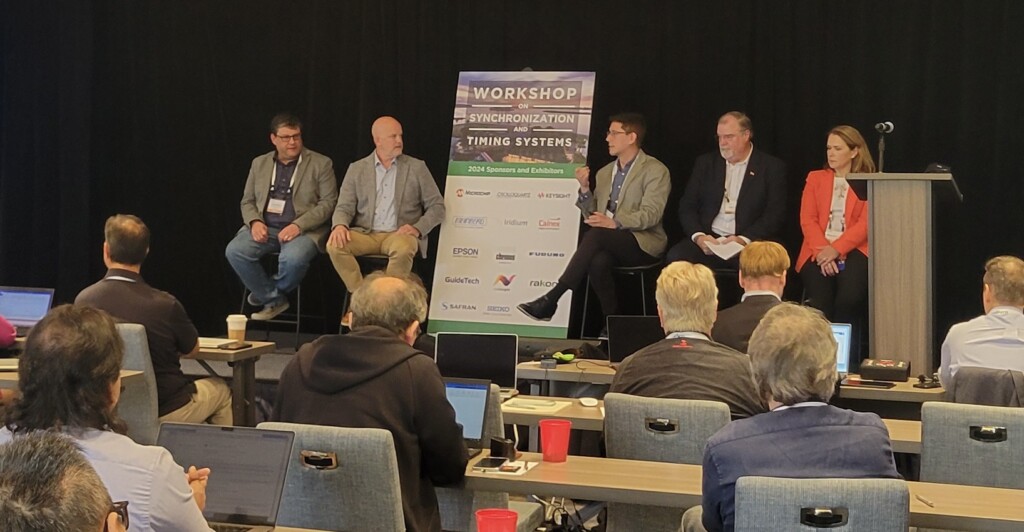The sun put on quite a show this past weekend. My brother, who works for Friends of the Smokies, took this beautiful photo at the end of an event they were hosting in Pittman Center, Tennessee. This is near the boundary of Great Smoky Mountains National Park, and well south of where one would normally see such an amazing aurora borealis. A series of Coronal Mass Ejections (CME) from the sun is what made these typically “northern lights” move south, and social media is showered with similar photos.

People gather under an amazing night sky at the end of a “Friends of the Smokies” fundraiser event. Photo courtesy of Jim Matheny.
But these pretty pictures hide a dirty truth. CME’s are dangerous and put our communications infrastructure at risk, especially and most importantly GPS. These types of solar storms are capable of disrupting GPS signals on a massive scale. We were lucky that disruptions were minimal this time, but they did occur.
- Our very own Bob Weller reported the navigation systems on his phone and car both temporarily quit working during a trip in Nevada this weekend.
- This pilot said he lost GPS while on final approach at an airport in Arizona.
- And farmers across the Midwest postponed using their GPS assisted tractors due to the outages or fear of them.
So while many people are focused on human-made threats to GPS such as acute spoofers and jammers, or even Russian space nukes, the sun can also be a formidable adversary to reliable timing too. And U.S. critical infrastructure such as the power grid, cellular telecommunications, and financial data centers all rely on GPS for their timing and reliable operations.
This is another reason that the government is interested in augmenting GPS with a timing solution like our Broadcast Positioning System (BPS). I had the pleasure of presenting to the Alliance for Telecommunications Industry Solutions (ATIS) Workshop on Synchronization and Timing Systems this past week. I spoke of our impressive results thus far in our deployment of BPS at WHUT in Washington, D.C. BPS can do more than just offer a back-up system to GPS in the event of a catastrophic event (human-made or natural); it can augment GPS by providing a complementary timing signal that can help detect jamming, spoofing, or other types of more acute interference.

The author gives a keynote presentation on BPS at the Workshop on Synchronization and Timing Systems.

The author joins other experts from Oak Ridge National Laboratory, MITRE Corporation, Oscilloquartz, and Adtran for a Q-and-A session with the audience.
We look forward to the continued development and deployment of BPS, and this weekend’s solar storm provided us with a timely reminder of why this work is so important.

